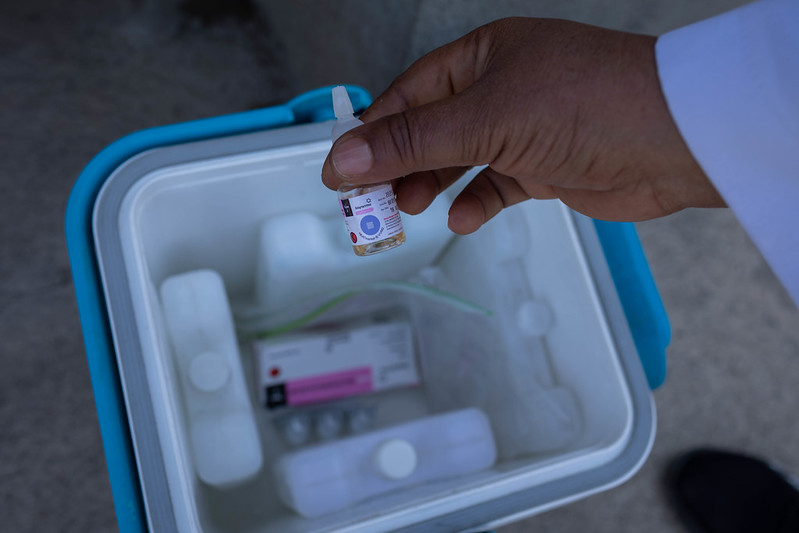Ethiopia is experiencing its worst malaria outbreak in 7 years, with more than 7.3 million cases reported since the first of the year, along with 1,157 deaths, the World Health Organization (WHO) said in a notification yesterday. Plasmodium falciparum is responsible for two thirds of the cases.

Owing to favorable ecologic conditions, the western part of the country has faced the biggest disease burden, with the most cases reported in Oromia, Amhara, Southwest, and South Ethiopia Regional State.
Males account for 56% of outpatient cases and 52% of inpatient admissions, which the WHO said may reflect movements of seasonal workers to high-malaria-burden areas.
Persistent outbreaks, multiple risk factors
Ethiopia's malaria activity has increased over the past 4 years. In previous years, cases have peaked after primary and secondary rainy seasons, but outbreaks have persisted in several regions, including after the secondary season this spring.
The WHO said the increasing trend and expanding endemic areas are likely related to several factors, including reduced vector-control efforts, protracted conflicts leading to population displacement, and loss of immunity due to reductions in malaria control efforts.
The national risk to Ethiopia is high due to the spread of Anopheles stephensi mosquitoes, which thrive in urban areas, weather anomalies, drought, food insecurity, and poor security, the WHO said. Meanwhile, the risk to the region is moderate for neighboring countries, which are also experiencing outbreaks.











